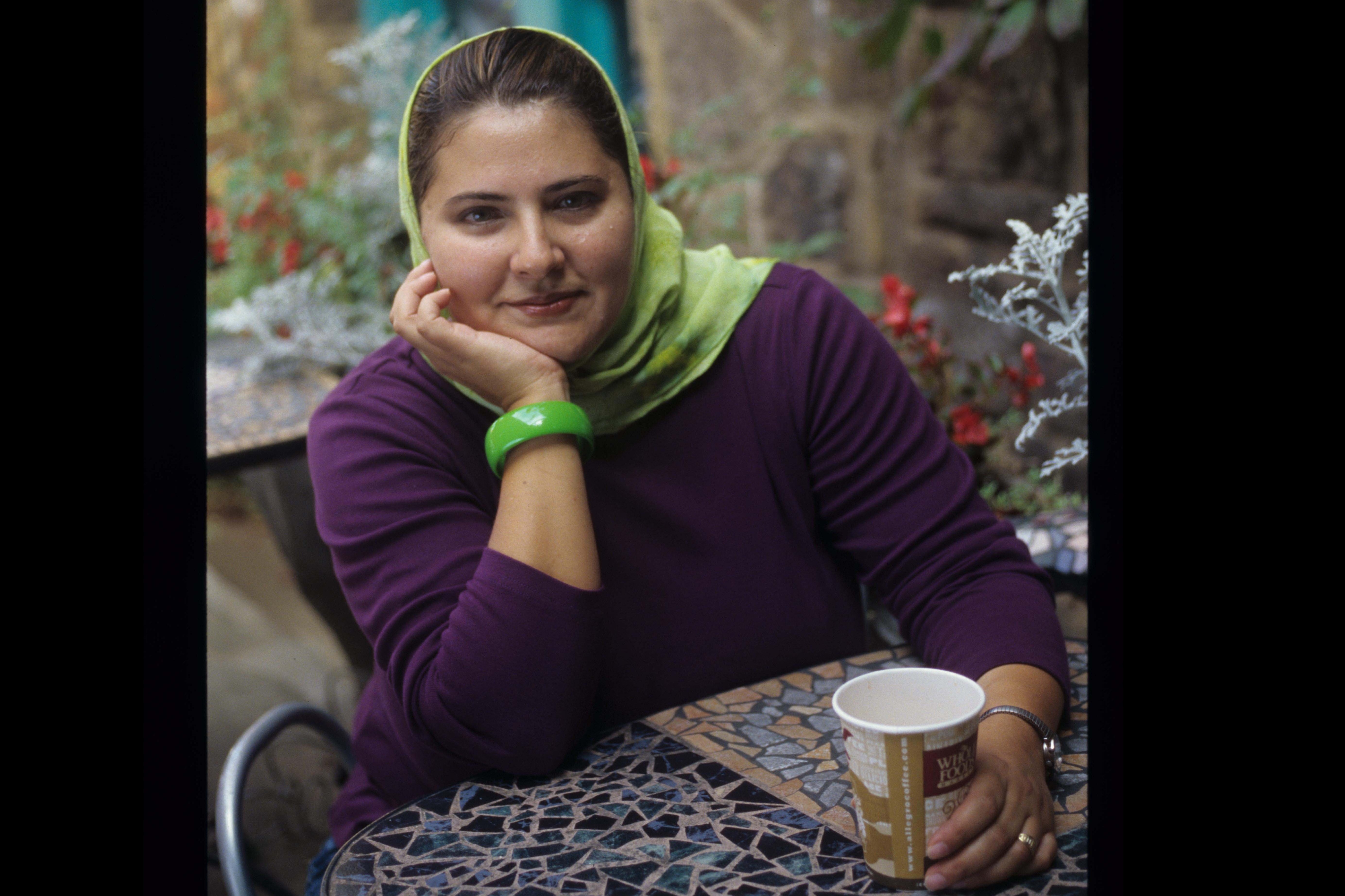Along with the first two parts discussed in Part 1 of the Modesty Primer (featured on altM on Thursday), these are the four parts of the social contract you enter by being part of our clothed society. The first two, Crotch and Midriff coverage, apply at all times. The others, Thighs and the whole Boob-to-Shoulder zone, have flexibility in certain contexts, but keep them tastefully covered when it’s work (or study) not play (or exercise).
Here, in Aunty Mohja’s second installment to her Modesty Primer, she will discuss:
1. Thigh-high Thoroughfares
2. Breasts and Upper Body Bareness
1. Thigh-high Thoroughfares
One very sweet, very strong, had-it-rough, twice-divorced friend of Aunty Mohja kept tugging at her tiny, flimsy skirt, trying to pull it over more of her thighs. Aunty Mohja’s heart went out to her. Her efforts were useless, and Aunty Mohja struggled to understand why a woman would do that to herself: wear something that obviously made her so uncomfortable and self-conscious. The mini-skirt is not meant to cover much.
Neither are the shorts with one-inch inseams that students seem to be wearing to class now. What possesses people? Do they just buy whatever is hoisted in front of them? Would they eat pig-slop if it was troweled on a plate for them—while they had options?
Catholic school rules about legs apply anywhere you want to be taken seriously: Men, wear long pants, women, don’t bare anything above the knee.
Unless you are Debra, a fabulous professor in her fifties. She alone is allowed to wear mini-skirts to work. Why this exception, you ask? She just has the panache, personality, and professionalism (and the opaque tights) to pull it off. If you or I try that at home, we are liable to hurt ourselves. That’s the rule, and she’s the only exception, and that’s just how it is.
2. Upper Body Bareness
We’re going to cover breasts and bare shoulders and backs for women, pectorals and general shirtlessness for men. Again, if you live in a country where some shoulder-baring is socially decorous, such as Ghana, don’t mind Aunty Mohja—her words are spoken in a US context.
A student appears to have stepped straight from her dorm showers into the classroom. She forgot to dress. She’s wearing some sort of white terry strapless mini-wrap. How do you come to class with bare shoulders, arms, legs, back, and a whole horizon of cleavage? What are you thinking? It’s summer, sure. That’s no excuse to skip the step of getting out of your bathrobe into some clothes.
You do not go bare-shouldered to school. You may go bare-shouldered to a soiree, with a wrap for streetside time. If you do not know what a soiree is, you’re too young to go bare-shouldered anywhere.
And let’s hear it for a distinction in dress between young, teenaged girls, to whom clothing is being marketed that is way too erotically suggestive for their age, and adult women. Aunty Mohja approves of a boundary celebrating the (slow) transition between them, like the Mexican Quinceanera.
Bare-shouldered includes being in spaghetti straps, halter tops, tank tops, men’ s muscle shirts—or lack thereof. “No shirt no shoes no service” is a wonderful piece of wisdom native to American storefronts. It discourages men who attempt to display nude pectorals at inappropriate contexts. Also contributing to the trashiness of our social landscape: the bra-strap-falling- off-the-shoulder look.
Boob cleavage: How much is too much? Is a subjective question, in our country of many cultures. If you can see the veins leading to the nipples, you’ve crossed the line, in all of them.
And it’s not because your boobs aren’t worthy, hon. The frame you’re putting them in isn’t worthy. Flinging them about a mall or filthy bus terminal instead of setting them into the golden context of a romantic evening, where décolletage is appropriate, belittles your bosom.
Along with the first two parts discussed in Part 1 of the Modesty Primer (featured on Altmuslimah on Wednesday), these are the four parts of the social contract you enter by being part of our clothed society. The first two, Crotch and Midriff coverage, apply at all times. The others, Thighs and the whole Boob-to-Shoulder zone, have flexibility in certain contexts, but keep them tastefully covered when it’s work (or study) not play (or exercise).
There will always be those exciting rebels who push the envelope. Having rules allows you to distinguish deliberately chosen times when you want to play the hot babe. It makes it more meaningful to break them. Develop your own interior bodily modesty boundaries (especially those that match Aunty Mohja’s).
Aunty Mohja is not telling you anything that isn’t already part of American culture. The dress codes her daughters bring home from school every year outline pretty much the same boundaries, and these more or less match dress codes you’ll find in private sector businesses and government workplaces. Many churches and synagogues, too, exhort to physical modesty. And successful women and men know these codes, although everyone could do with a little Muslim reminder. You will enjoy a better quality of life, and people of all the many genders will treat you with a notch more courtesy, if you dress in a way that shows you honor your body. Of course, clothes only set a minimum; you will have to fill in the other parts of the social contract.
Aunty Mohja is happy to share this element of civilization in which Muslims excel. After all, America gave her peanut butter and jelly sandwiches. This is a fair cultural barter.
(Graphic credit: Ninjabi Sue)
Mohja Kahf is a celebrated poet, novelist and a faculty member in the University of Arkansas’s King Fahd Center for Middle East & Islamic Studies.




